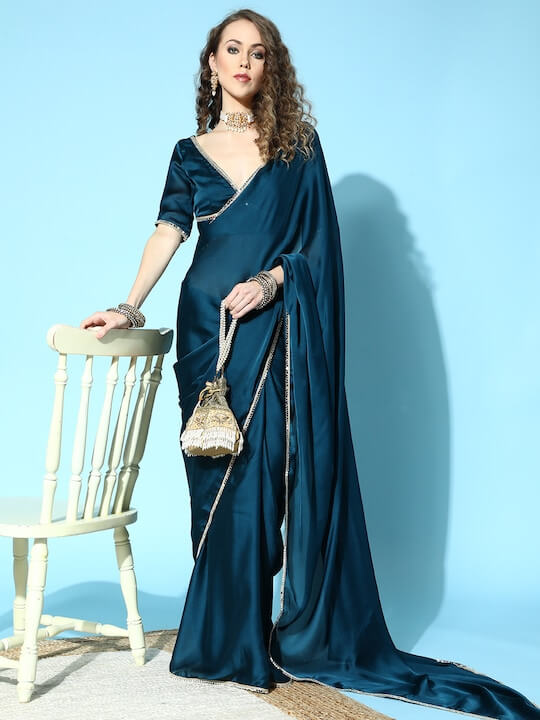In a small weaving household nestled in the southern heritage-rich lands of India, a quiet revolution was born in 2015. It wasn’t about power looms or factories. It wasn’t about chasing trends. It was about going back, back to roots, back to values, and back to a way of life where every thread told a story. This is the story of Maggada Mane, a brand built on legacy, love, and the loom.
A Family, A Calling
Maggada Mane began not as a business venture, but as an emotional response to a growing crisis—India’s handloom artisans, once celebrated as cultural torchbearers, were now struggling for survival. Unemployment and neglect were pushing this ancient art toward extinction. For the Kellatty family from the Devanaga community, who belonged to a lineage of skilled weavers, this decline wasn’t just visible, it was personal.
Generations of their family had woven not just fabric, but culture, pride, and livelihood into their looms. Watching this heritage fade wasn’t an option. And so, what began as a whisper of responsibility soon turned into a resounding vision. Maggada Mane was born—its name meaning “Loom House” in Kannada—a home for artisans, tradition, and handloom revival.
Weaving with Purpose
Unlike commercial textile houses focused purely on numbers, Maggada Mane was designed with a deeper purpose: to revive forgotten weaves and restore dignity to the artisan community. Every saree created here is part of a larger movement that uplifts weavers, honors heritage, and reminds us of the beauty of handmade imperfections.
Maggada Mane doesn’t just employ weavers. It empowers them. Fair wages, recognition, and sustainable livelihood opportunities create a thriving ecosystem where the art of weaving is passed on, not passed over.
Parampare – Parishuddhathe – Paradarshakathe
These three Kannada words—Heritage, Authenticity, and Transparency—form the spiritual and operational core of Maggada Mane.
- Heritage (Parampare) reflects the rich tradition of Indian textiles and weaving techniques, which the brand is committed to preserving.
- Authenticity (Parishuddhathe) speaks to the purity of materials and the soulful methods used to craft each piece.
- Transparency (Paradarshakathe) emphasizes honest practices—whether in sourcing, pricing, or collaboration with artisans.
These values aren’t printed on walls—they are woven into every strand of silk and cotton that passes through the loom.
Handloom Meets Innovation
While tradition forms the backbone of Maggada Mane, the brand is also forward-looking. Recognizing the need for handloom to find space in modern lifestyles, the team has introduced innovations that make traditional fabrics more user-friendly. From washable silks to breathable cotton-silk blends perfect for office wear, Maggada Mane ensures that heritage doesn’t mean high maintenance.
This thoughtful fusion of old and new is especially visible in their line of sarees designed for everyday elegance. These aren’t just wedding sarees; they’re morning-to-meeting, celebration-to-commute sarees—designed for the graceful, grounded modern Indian woman.
A House, Not Just a Brand
At its core, Maggada Mane is exactly what its name suggests—a home. A home where every artisan is treated with respect. A home where every saree is a canvas of cultural pride. A home where every thread carries stories of resilience, beauty, and belonging.
When you wear a Maggada Mane saree, you aren’t just draping fabric. You’re draping the dreams of generations. You’re supporting a movement to reclaim India’s lost weaving glory. You’re becoming part of a family that believes in the quiet power of handmade things.
A Legacy in the Making
In a world chasing mass production, Maggada Mane dares to slow down. To remember. To honor. And to weave.
The journey from a family concern to a purposeful brand hasn’t been easy, but it’s been profound. And it’s only just begun. With each passing year, Maggada Mane continues to expand its impact, introducing new weaves, supporting more artisans, and reaching hearts across the globe.
Because Maggada Mane isn’t just a saree house. It’s a legacy, a promise, and a living piece of India’s cultural soul.



